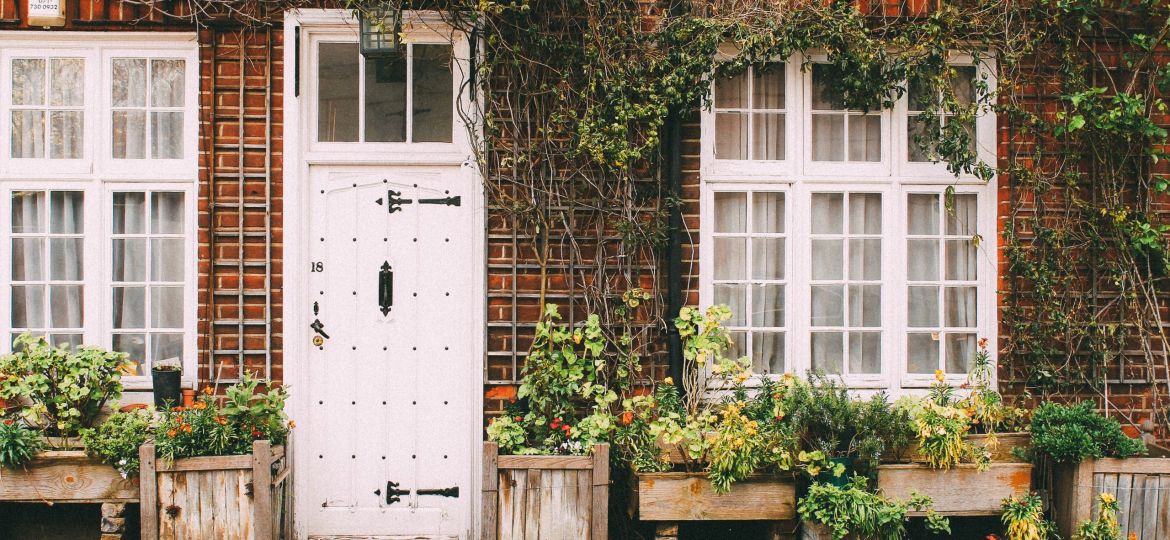
Home inspections will vary depending on the type of property you are purchasing. A large historic home, for example, will require a more specialized inspection than a small condominium. However, the following are the basic elements that a home inspector will check. You can also use this list to help you evaluate properties you might purchase. For more information, try the virtual home inspection at www.ASHI.org, the Web site of the American Society of Home Inspectors.
- Structure: A home’s skeleton impacts how the property stands up to weather, gravity, and the earth. Structural components, including the foundation and the framing, should be inspected.
- Exterior: The inspector should look at sidewalks, driveways, steps, windows, and doors. A home’s siding, trim, and surface drainage also are part of an exterior inspection.
- Doors and windows
- Siding (brick, stone, stucco, vinyl, wood, etc.)
- Driveways/sidewalks
- Attached porches, decks, and balconies
- Roofing: A well-maintained roof protects you from rain, snow, and other forces of nature. Take note of the roof’s age, conditions of flashing, roof draining systems (pooling water), buckled shingles, loose gutters and downspouts, skylight, and chimneys.
- Plumbing: Thoroughly examine the water supply and drainage systems, water heating equipment, and fuel storage systems.
- Drainage pumps and sump pumps also fall under this category. Poor water pressure, banging pipes, rust spots, or corrosion can indicate problems.
- Electrical: Safe electrical wiring is essential. Look for the condition of service entrance wires, service panels, breakers and fuses, and disconnects. Also take note of the number of outlets in each room.
- Heating: The home’s heating system, vent system, flues, and chimneys should be inspected. Look for age of water heater, whether the size is adequate for the house, speed of recovery, and energy rating.
- Air Conditioning: Your inspector should describe your home cooling system, its energy source, and inspect the central and through-wall cooling equipment. Consider the age and energy rating of the system.
- Interiors: An inspection of the inside of the home can reveal plumbing leaks, insect damage, rot, construction defects, and other issues.
- Walls, ceilings and floors
- Steps, stairways, and railings
- Countertops and cabinets
- Garage doors and garage door systems
- Ventilation/insulation: To prevent energy loss, check for adequate insulation and ventilation in the attic and in unfinished areas such as crawlspaces. Also look for proper, secured insulation in walls. Insulation should be appropriate for the climate. Excess moisture in the home can lead to mold and water damage.
- Fireplaces: They’re charming, but they could be dangerous if not properly installed. Inspectors should examine the system, including the vent and flue, and describe solid fuel burning appliances.
Source: American Society of Home Inspectors (www.AHSI.org)

